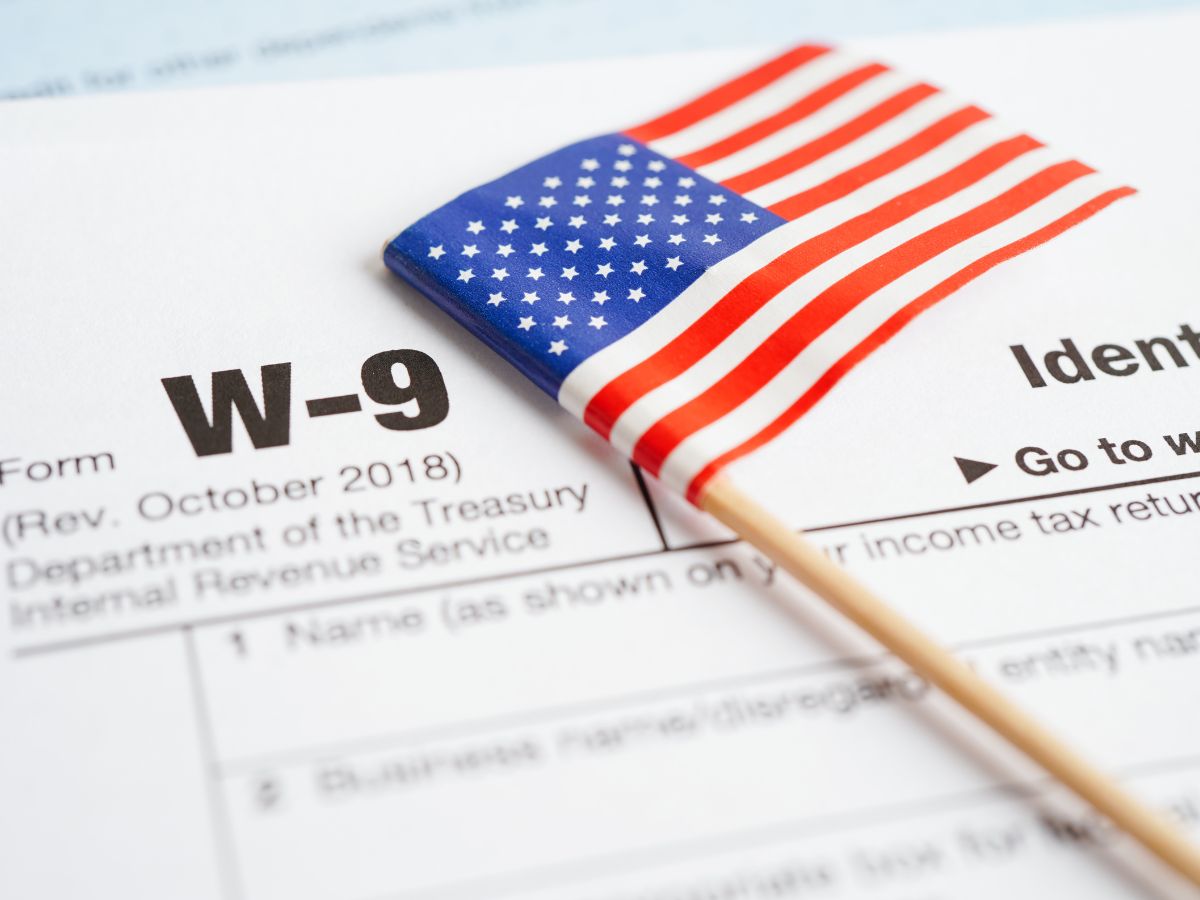
How Oil & Gas Investment Can Lower Your Tax Liability: Corporation or LLC? **
Are you looking for effective ways to lower your tax liability? Dive into the world of Oil & Gas investments. Not only can these investments provide financial returns, but they also offer significant tax benefits. The question is, should you hold these investments through a corporation or LLC? Let’s explore the advantages of each.
**1. Tax Benefits of Oil & Gas Investments: **
– **Intangible Drilling Costs (IDCs):**
When you invest in Oil & Gas, a significant portion of your initial investment may be classified as IDCs. These costs can be deducted in the year they occur, providing an immediate tax benefit.
– **Depletion Allowance: **
As you extract oil or gas, you can deduct a percentage of the revenue as a depletion allowance. This deduction can significantly reduce your taxable income.
– **Bonus Depreciation: **
Certain Oil & Gas investments qualify for bonus depreciation, allowing you to deduct a substantial portion of the investment in the first year.
– **Tax Credits: **
Some Oil & Gas investments offer tax credits, such as the Enhanced Oil Recovery Credit or the Marginal Well Production Credit, further reducing your tax liability.
**2. Corporation vs. LLC: **
– **Corporation: **
Holding Oil & Gas investments in a corporation can provide limited liability protection. However, the tax treatment of these investments in a corporation can be less favorable than in an LLC. Corporations are subject to double taxation, meaning that both the corporation and the shareholders are taxed on profits. This can result in higher overall taxes.
– **LLC: **
Holding Oil & Gas investments in an LLC allows for pass-through taxation. This means that profits and losses from the investment are passed through to the owners and reported on their individual tax returns. LLCs also provide limited liability protection, shielding personal assets from business liabilities.
– **Evaluate Your Options: **
Consider the tax benefits and liability protection offered by both Corporations and LLCs. Consult with a tax professional or financial advisor to determine the best structure for your Oil & Gas investments.
– **Start Investing: **
Take advantage of the tax benefits of Oil & Gas investments by starting your investment journey today. Whether you choose a corporation or LLC, these investments can help lower your tax liability while potentially providing lucrative returns.
Oil & Gas investments offer a compelling opportunity to lower your tax liability while diversifying your investment portfolio. Whether you choose to hold these investments through a corporation or LLC, the tax benefits can be substantial. Evaluate your options carefully and start investing in Oil & Gas to reap the rewards of lower taxes and financial growth.
To discuss this in more detail, schedule a call with one of my experts today www.calendly.com/stephan-controllers or call my office at 775-384-8124.










